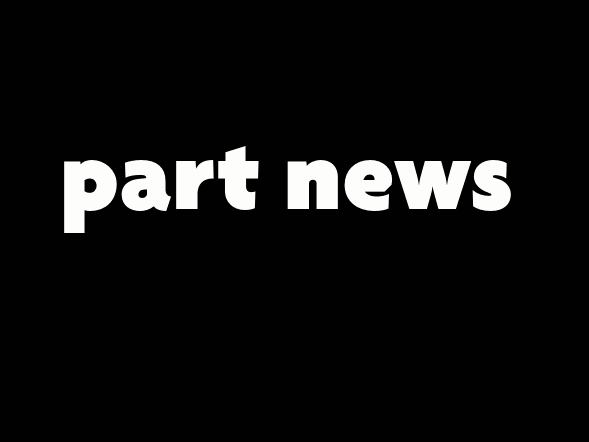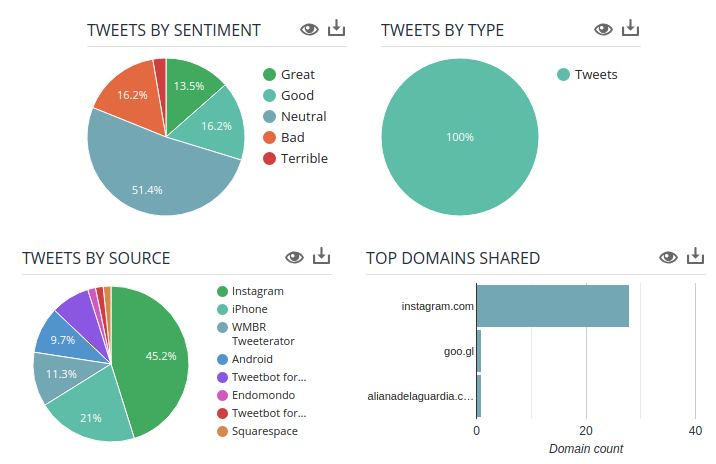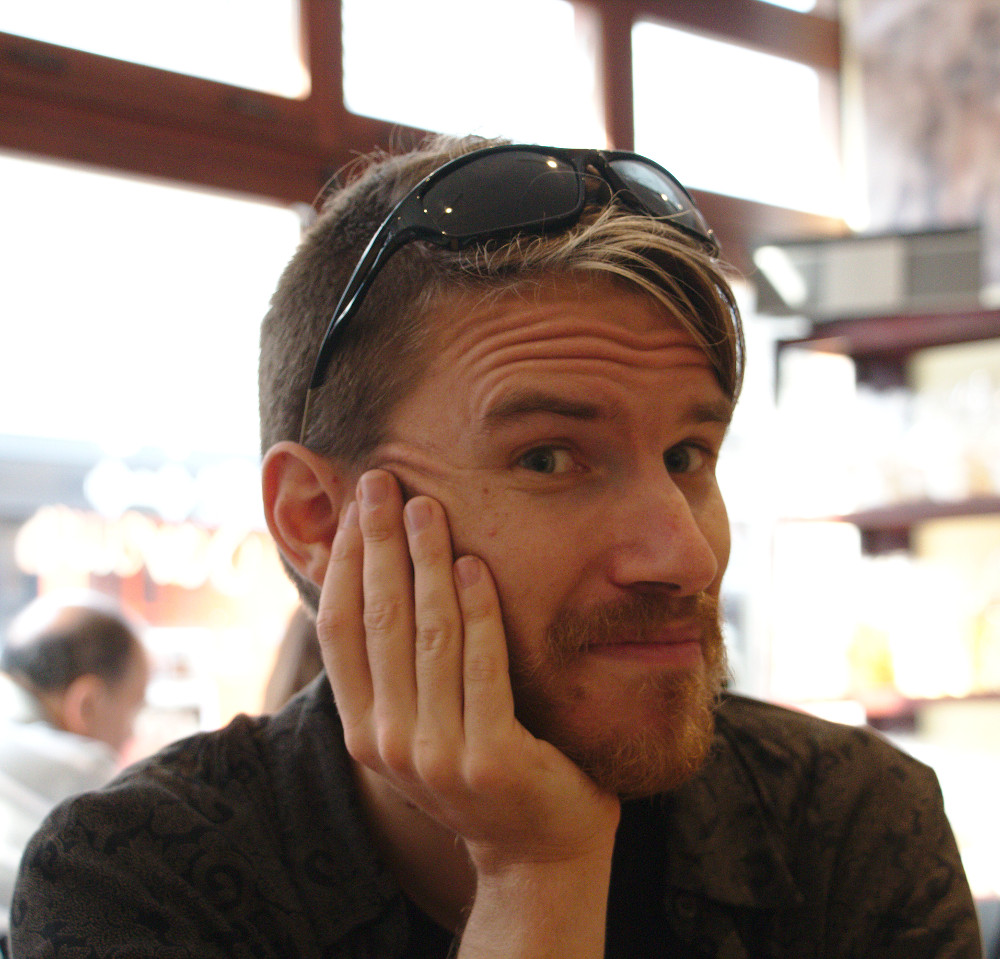
Author Archives: Ned
#NoCopAcademy

You know when you have a bad idea, just awful, but you can’t resist implementing it? My apologies for this piece…at best, perhaps, it communicates the scale of the action. Sources below the fold.
Continue readingHow do we choose to live?
Mechanical engineering student Seiji Engelkemier has faced many choices of what projects to work on, but since 2011 the influence of climate change predictions on his decisions seems ever-growing. Such considerations do not leave those decisions any easier to make. On the contrary: Seiji, like many of his generation, is caught between paradoxical ideals, and at each step of shaping his life has to ask: is it possible for my work to focus on societal needs without losing its transformative vision? As international order erodes into the rising seas, is it possible to balance the potential of a project with its feasibility in the world, or the potential of a career with its suitability for me?
Where do you decide to make a survivable world?
Seiji first encountered reports of global warming while in middle school, watching An Inconvenient Truth on pay-per-view; at the time he was surprised he hadn’t heard of global warming on the news, and did not imagine then the extent to which it would guide his later interests. He found more to read on the topic and discussed climate change with a father interested in the technical challenges and novel technologies more than in the reduction of carbon dioxide emissions. Seiji then went to a residential private high school where he accelerated his readings on climate change but didn’t find many conversations on campus addressing it at a global scope; the school’s sustainability group, for example, was concerned mostly with local recycling.
Who can make a survivable world?
As a student at MIT, however, Seiji did find those global conversations, and followed some of them along branches that left the realm of technological solutions. In looking to the environmental consequences of diet he decided to become mostly (“like 95%”) vegetarian. In labs and internships he helped develop new technologies: he used optical fibers to grow algae more quickly (turning atmospheric CO2 into food), and made mushroom-grown materials to replace styrofoam, leather, and rubber foam. In groups of students, including the organization pressuring MIT’s endowment to divest from fossil fuel companies, Seiji joined discussions of how political decisions made by public institutions could determine feasibility or infeasibility of a technically perfect solution. This awareness that perhaps more of the problems underpinning climate change were political than were technical led Seiji to design visualizations of MIT’s funding sources, and to build a database of power plants for evaluating policy impacts.
What need you do to make a survivable world?
But while he recognizes the necessity of politics, Seiji feels that his next job will stay on the technological side because that’s where his skills and patiences are. (“I’m not the type of person for that [policy] work.”) He’s considering startups but also applying to graduate schools this semester, so I ask him how he’s evaluating the projects he visits: is he really comparing the environmental consequences he could have in each one? In a haha-but-serious tone Seiji says he prioritizes short-term impacts over long-term ones, proposing “a Net Present Value model of carbon abated”. But, I ask, it’s not like you’re going in sequence through Project Drawdown’s sorted list of impactful solutions and sending out job applications, right? It turns out he had a class project on refrigeration because it was at the top of that list – but no, he generally feels he’s read enough he can trust his gut to make informed decisions rather than doing the calculations by hand. How much does he value finding projects through which to express this internalized insight over those (like refrigeration) with a potentially larger effect but not much room for transformative creativity? For incremental technologies like refrigeration, Seiji says, more people besides him can and are working on it; for him it always comes back to “how good I think I could be at [these projects], how good I think everyone else is at them” and how many others are already working on them.
How do you start making a survivable world?
Seiji, like many of his generation, expects himself to do the analysis of what everyone else is already doing and balance it against his potential contribution to an overarching societal goal. This analysis can be a burden; Seiji’s plan to invest 5-6 years in graduate school is informed by being “pretty sure we’re gonna overshoot 2 degrees” of global warming (the temperature rise at which, among other things, 98% of the world’s coral is expected to die). “My generation and the next generation are responsible for whether humans can make it; and we probably will, but as to whether that is a bleak future or a kind of better future, I think my generation will be largely responsible.” He says that sometimes that’s pretty depressing, but laughs and adds that the depression “is also motivating: ‘Oh, things aren’t going well’ means there’s all the more incentive to work harder and try to make it less bad.” Of course, this “sense of urgency/worry/stress pushes you, gives you drive, but it’s not necessarily sustainable mentally.”
When can we start making a survivable world?
Reflecting after our conversation, it seems to me that Seiji’s “from each according to their ability”-style choices have been made in a life where his understanding of and orientation towards climate change are seen always as a personal duty, where it is considered each individual’s responsibility to understand the entire world and change it despite the malices and negligences of our political institutions. This trap of individual responsibility and collective impotence is, I feel, a precise target of the Green New Deal. It asks of us “When can we start making a survivable world and how?”, then answers itself with a loud and public “Now, here’s how.” Whether or not it passes in any useful form, acting on the realization we can say such things powerfully, clearly, and together could transform some of these impossible ideals imposed on our individual decisions into a collective analytical ability to make a better world, or at least a survivable one.
⁂
Ned’s Media Diary
Overall this felt like a week of frustrated habits as I adjusted to term; in each of the four discovery mechanisms for textual media I use (social media, directly visiting websites like some kind of primate, email, RSS), I kept opening something automatically before realizing that I had urgent homework, research, organizing, partying, or fevering to attend to. Starting, however, from the means of discovery:
Continue readingFlyover tweets & shadow analysis
Searching twitter for only those tweets made in a particular time, in a particular location, is clearly a valuable tool. Twitter is a dazzling fountain of sources, and being able to tie those to a place and time provides context and reduces noise; it’s more likely that a journalist will be able to use the tweets they see in building a story
Geosearch has been around for a while; Echosec, present in a 2016 list of tools for journalists, is branded as a private security / “Open Source INTelligence” platform. With blog posts like “Social Media for Executive Protection” from 2015 and “How Executive Protection Services are Changing” from 2018, they’ve clearly found their niche, and since the time list of tools was written have stopped offering their tools to non-customers.

Socialbearing, on the other hand, focuses on marketing feedback; “insights and analytics”, “sentiment analysis”, and “View top influencers” are their key features. Google Analytics is a clear visual influence (see image). Their product, thankfully, is still available, and even makes some noise about randomizing location markers to protect privacy.

Journalists can obviously benefit from such tools in myriad ways, most obviously when covering chaotic live events such as a protest, riot, natural disaster, police scene, etc.. Historical searches provide a way to compare locations at a particular time, or track a location over time, providing the oppourtunity for spatially-rich narratives of an event.
But what are the implications of these tools? The breadth of interest in them, combined with the impression that they’re somehow more “real” than twitter (anything on a map is easy to imagine as having already truly happened), makes them an interesting vector for malinformation. Building a fake twitter account that could plausibly be in a particular location takes a different kind of work than your standard fake account, but it probably doesn’t need as many followers/follows to be noticed, and so may be more resilient to discovery attempts. Journalists using these tools may wish to practice a kind of “shadow analysis” to verify whether the incidental information of these tweets and accounts is sufficient to verify a highly spoofable GPS entry.
What I find most intriguing, however, is the perspective these tools offer to the user. By helicoptering the journalist over mapped landscapes and letting them look down to spot individual tweets, they make the user feel powerful, godlike. The world seems understandable, and certainly the streets are understandable in a way they wouldn’t be from the ground during a protest, riot, or natural disaster. While the journalist is already in a position of being at their computer and not on the ground, I feel like geosearches heighten that feeling of distance even more than looking at a stream of text does, and that concerns me. This flyover perspective seems like something that could easily creep into the tone of how something is covered, giving it a strong spin even in the absence of malinformation.
EDIT: this only occurred to me just now in class, but while I saw several posts on “drone journalism” which meant by it using drones for photography, this kind of investigation by signature strike truly seems like journalism coming from the tradition of the drone, with many of the same strengths, the same weaknesses, the same fraught tradeoffs.
Edward Burnell

Hello! I’m currently in my 5th year as a Mechanical Engineering PhD student at MIT. I used to work in industry on small electric airplanes and (flying) wind turbines, but after seeing how fragile and vital the communications of our design concepts were, went to school to research these difficult to verbalize shared ideas.
I’ve made a programming language and several tools for aerospace engineers which have been adopted by industry, but this kind of shared creative concept doesn’t only occur in engineering, so I’m looking to co-design with other groups of skilled practitioners representations and tools that build on their tacit knowledges.
I’m very excited to work with y’all in this class; there seems to be such a breadth and depth of experience with news / media / journalism, and I look forward to collaborating on projects and assignments!
Outside of research you’ll find me cooking, trying to get engineers + students to consider the social implications of their research, making mesmerizing gifs, or casually interviewing strangers about the habitus of their workplace.
